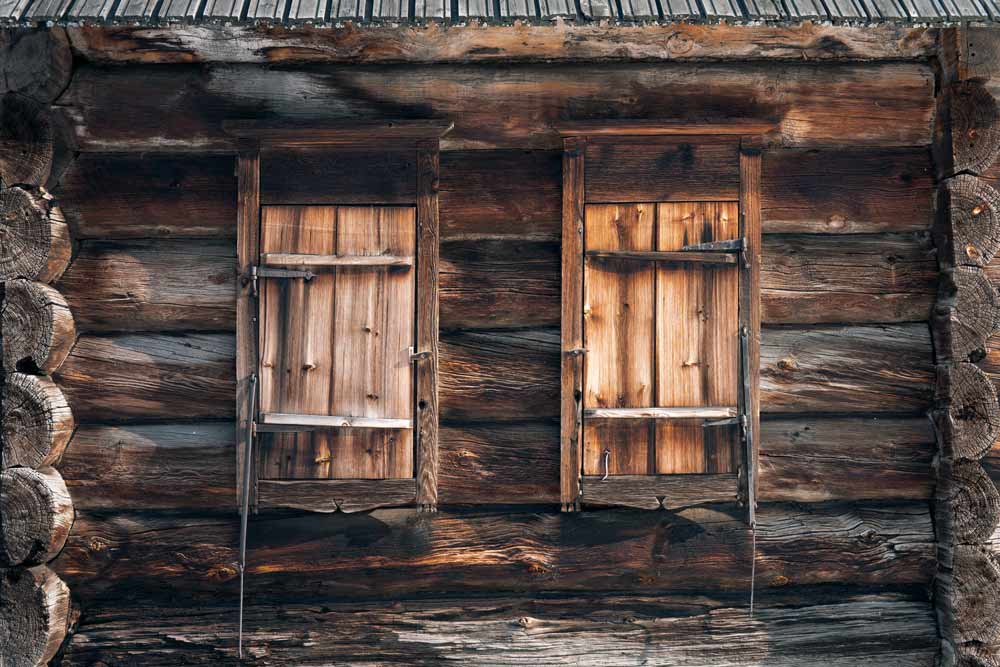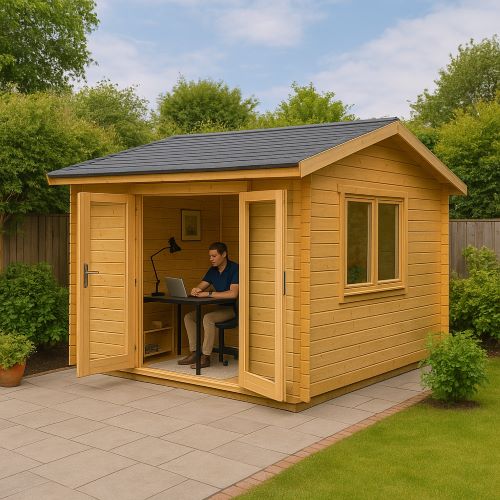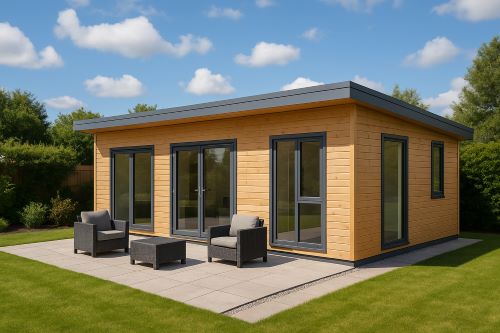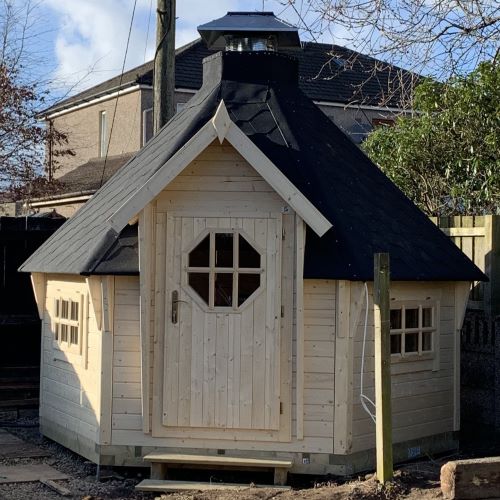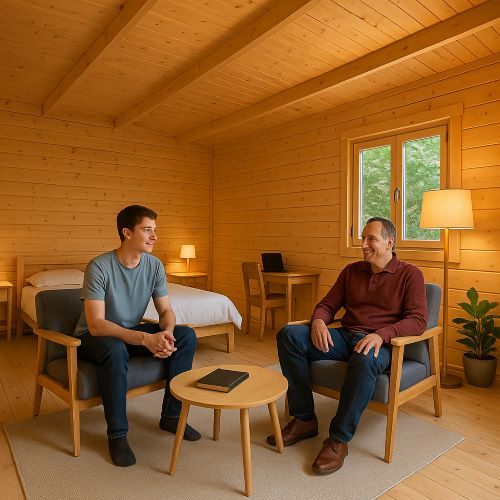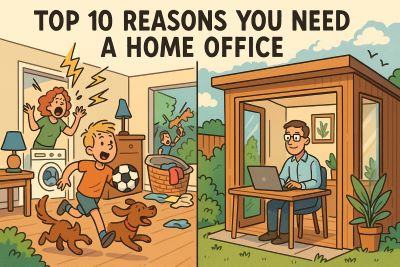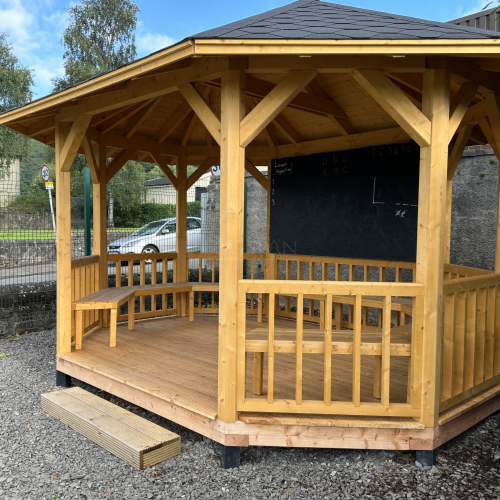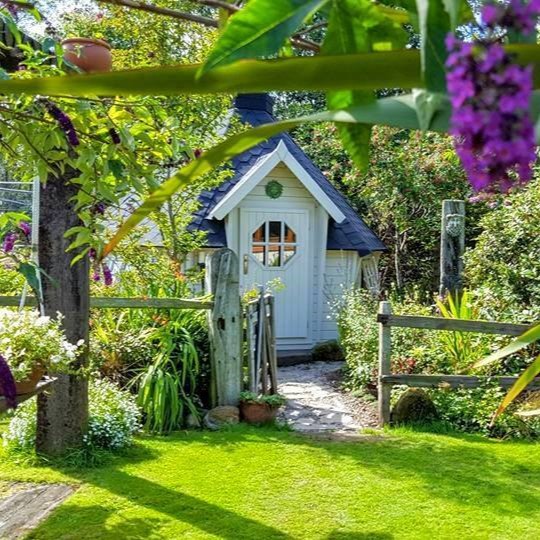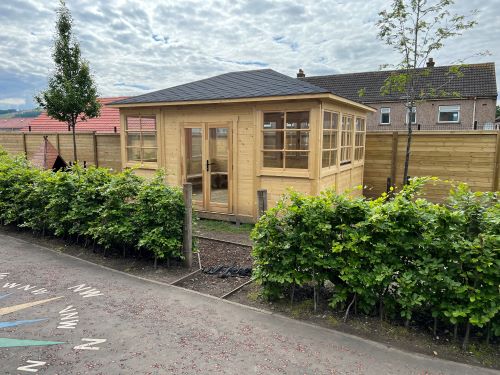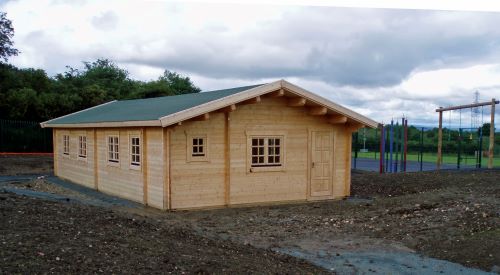Glamping pods are becoming increasingly popular and, like log cabins, offer the chance of escapism for yourself and your family.
They can be designed and personalised in numerous ways, and can also make an ideal source of additional income. Given that they are trendy and highly desirable places for tourists to stay, renting them out when you’re not using them can create a substantial revenue stream.
Planning permissions
To fully enjoy your pod, it is vital that it is built and designed in a way that meets local planning guidelines. It is essential to remember that many planning departments have their own set of particular rules and regulations, so check with your own office before committing to a pod.
It is important to note that planning permission is usually required for glamping pods, so you should read up as much as possible to understand the process before embarking on building your own. Outdoor huts and gazebos such as these glamping pods are usually permanent fixtures, so will need to have planning permission because of this.
To help make the planning process as simple as possible, and to make it more likely to secure the appropriate permission, several guidelines may be followed. For example, keeping the size and dimensions as compact as possible may increase the likelihood of approval, especially if the structure fits nicely onto the intended plot of land. You will need to ensure you get the right scale, so it does not overwhelm the space.
Working closely with your own planning office and getting to know the individual officers will help build up a good working relationship and an open dialogue, which in the long-term should help avoid any unforeseen problems or issues.
Like many other similar buildings, such as hot tub garden rooms, planning permission is more likely to be granted if the glamping pod is designed to look like part of the landscape, and is in keeping with the character of the immediate area. This is especially true if the locale has its own unique style. Using local materials or commissioning supplies that reflect the appearance of other, nearby structures is a way of achieving this.
Environmental considerations
The environmental impact of structures like these is increasingly important, so demonstrating to your local planning office that the pod has been constructed in the greenest way possible should be factored in as part of your process. For example, using recycled woods and energy efficient fixtures and fittings will fulfil this brief, and showcase that you’ve considered eco-friendly construction techniques. Additional features, such as energy efficient heating systems, solar panels or double-glazed windows will also contribute to the sustainability of your pods.
If your pod can contribute to the positive impact on the local biodiversity, with features like living roofs and organic gardens, then planning permission may be easier to obtain.
Support from the locals
The rest of the planning application process will include submitting a range of plans, including detailed drawings which outline the sizes and layout of the glamping pod. The details of each room should be considered if there are to be multiple spaces. An application fee will normally have to be paid, which varies depending on your local authority. Depending on the size and location of your glamping pod, consultations with neighbouring property owners may also need to be undertaken. This could be an opportunity for your neighbours to have their say on your pod, and the impact it may have on the surroundings, so it is important to remember this when considering your design, size and location. Keeping your neighbours up to date on your choices and progress could help to maintain their support.
If the location of the pod or pods will be in a conservation area, additional permissions and paperwork may be required, and the process may be more complex, with restrictions regarding how the pods will look.
Planning permission can take up to 12 weeks to secure, so bear this in mind when financially planning your project. Starting the process as early as possible will help to avoid costly delays, and help you to create the perfect glamping retreat, just in time for seasonal visitors.
It is also worth noting that log cabins designed and intended for glamping pods that have electrical works and plumbing may also require additional paperwork, to ensure they meet the needs of the appropriate building regulations. This will guarantee that work carried out is safe, and meets the highest standards of the law. Meeting these requirements is essential if you intend to rent out your pods to guests.
At Logspan, we can offer expert advice on how to choose your bespoke glamping pods. Give our team a call today to discuss our range of services and products.

